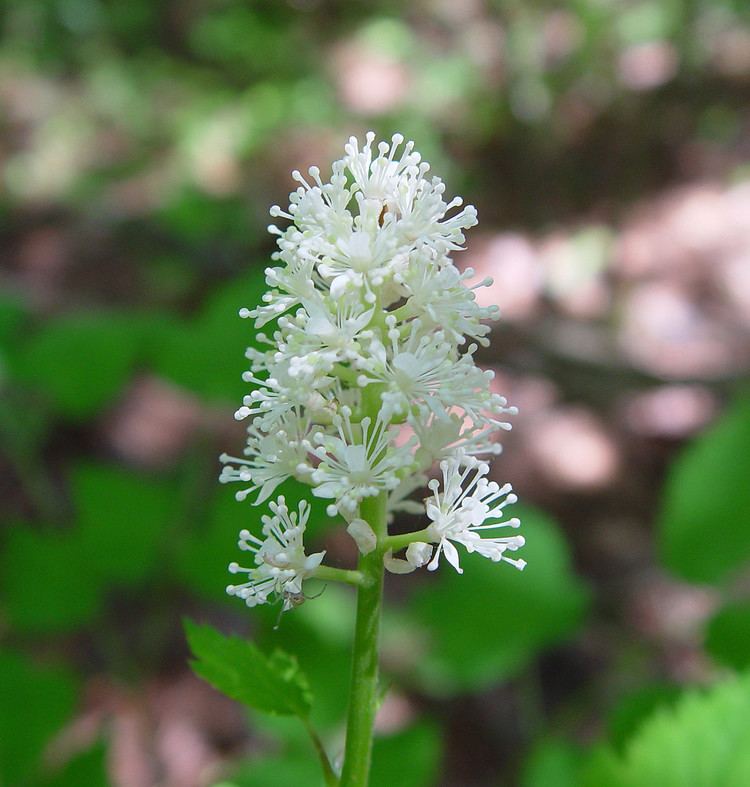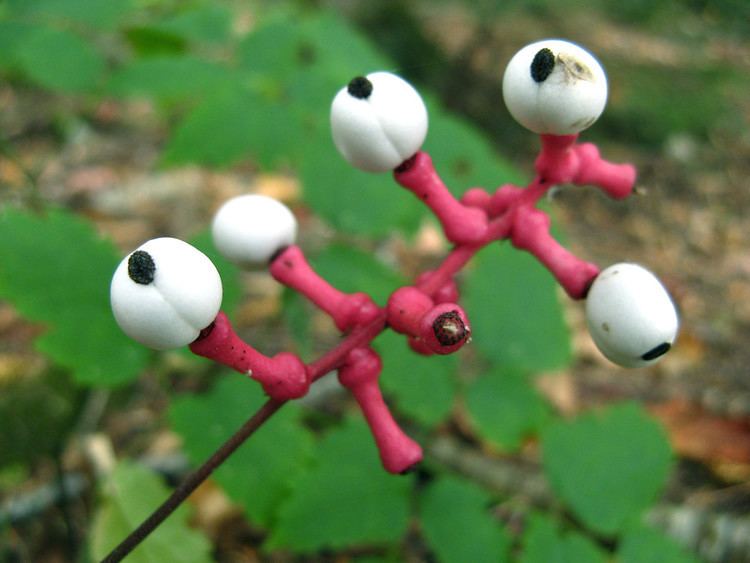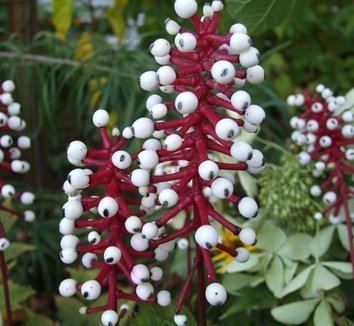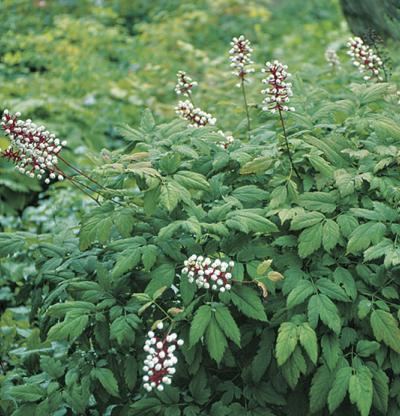Rank Species | Genus Actaea Higher classification Actaea | |
 | ||
Similar Actaea, Actaea rubra, Ageratina altissima, Jack‑in‑the‑pulpit, Ranunculaceae | ||
Doll s eyes actaea pachypoda
Actaea pachypoda (doll's-eyes, white baneberry) is a species of flowering plant in the genus Actaea, of the family Ranunculaceae.
Contents

The plant is native to eastern North America, in eastern Canada, and the Midwestern and Eastern United States. It prefers clay to coarse loamy upland soils, and is found in hardwood and mixed forest stands.

Description

Actaea pachypoda is an herbaceous perennial plant growing to 50 cm or more tall (1½ to 2 feet tall and 3 feet wide). It has toothed, bipinnate compound leaves up to 40 cm long and 30 cm broad.

The white flowers are produced in spring in a dense raceme about 10 cm long. Its most striking feature is its fruit, a 1 cm diameter white berry, whose size, shape, and black stigma scar give the species its other common name, "doll's eyes".
The berries ripen over the summer, turning into a fruit that persists on the plant until frost.
Toxins

Both the berries and the entire plant are considered poisonous to humans. The berries contain cardiogenic toxins which can have an immediate sedative effect on human cardiac muscle tissue, and are the most poisonous part of the plant. Ingestion of the berries can lead to cardiac arrest and death. It is extremely potent.
The berries are harmless to birds, the plant's primary seed dispersers.
Cultivation
Actaea pachypoda is cultivated as an ornamental plant, in traditional and wildlife gardens.
It requires part to full shade, rich loamy soil, and regular water with good drainage to reproduce its native habitat.
